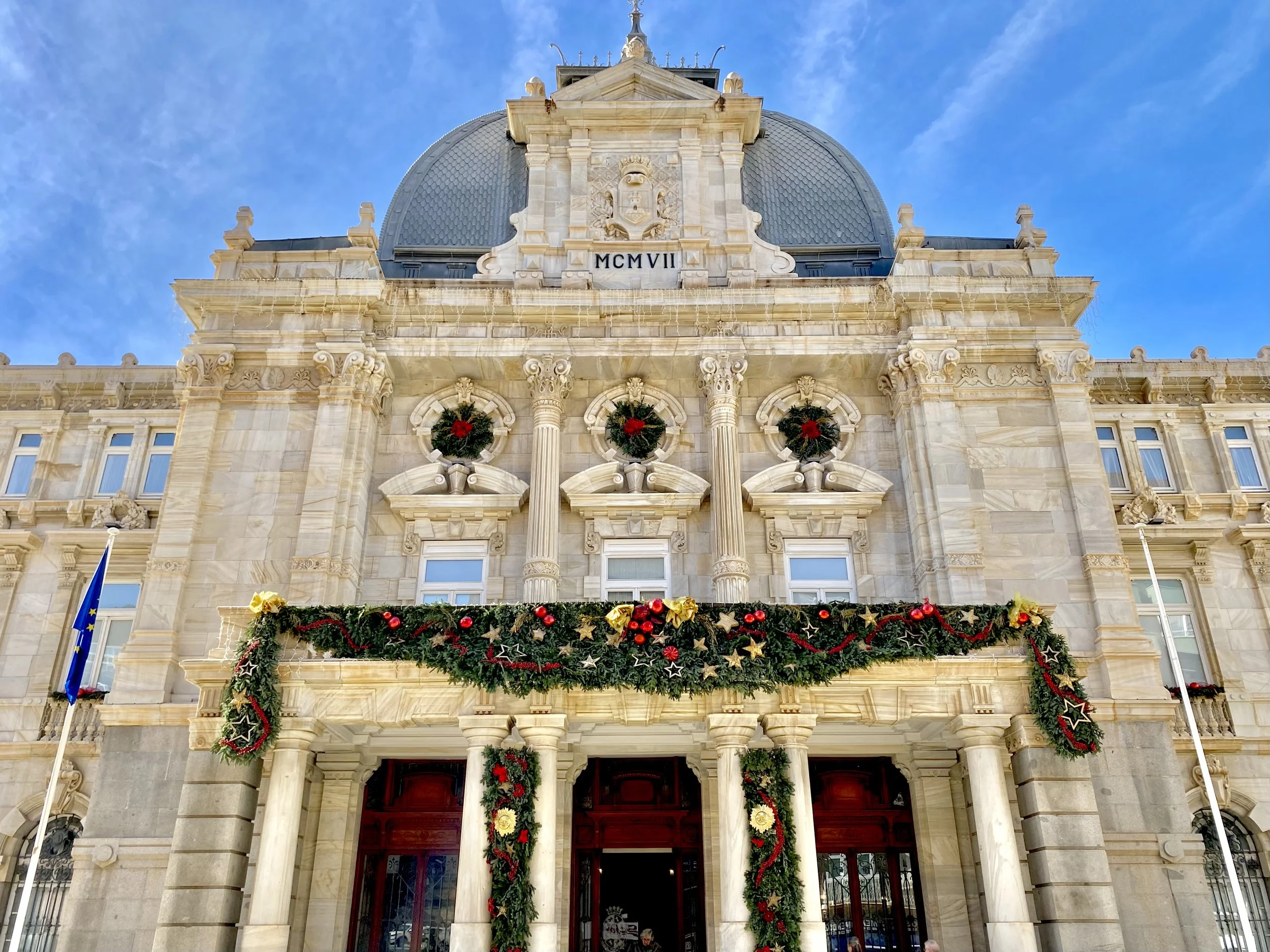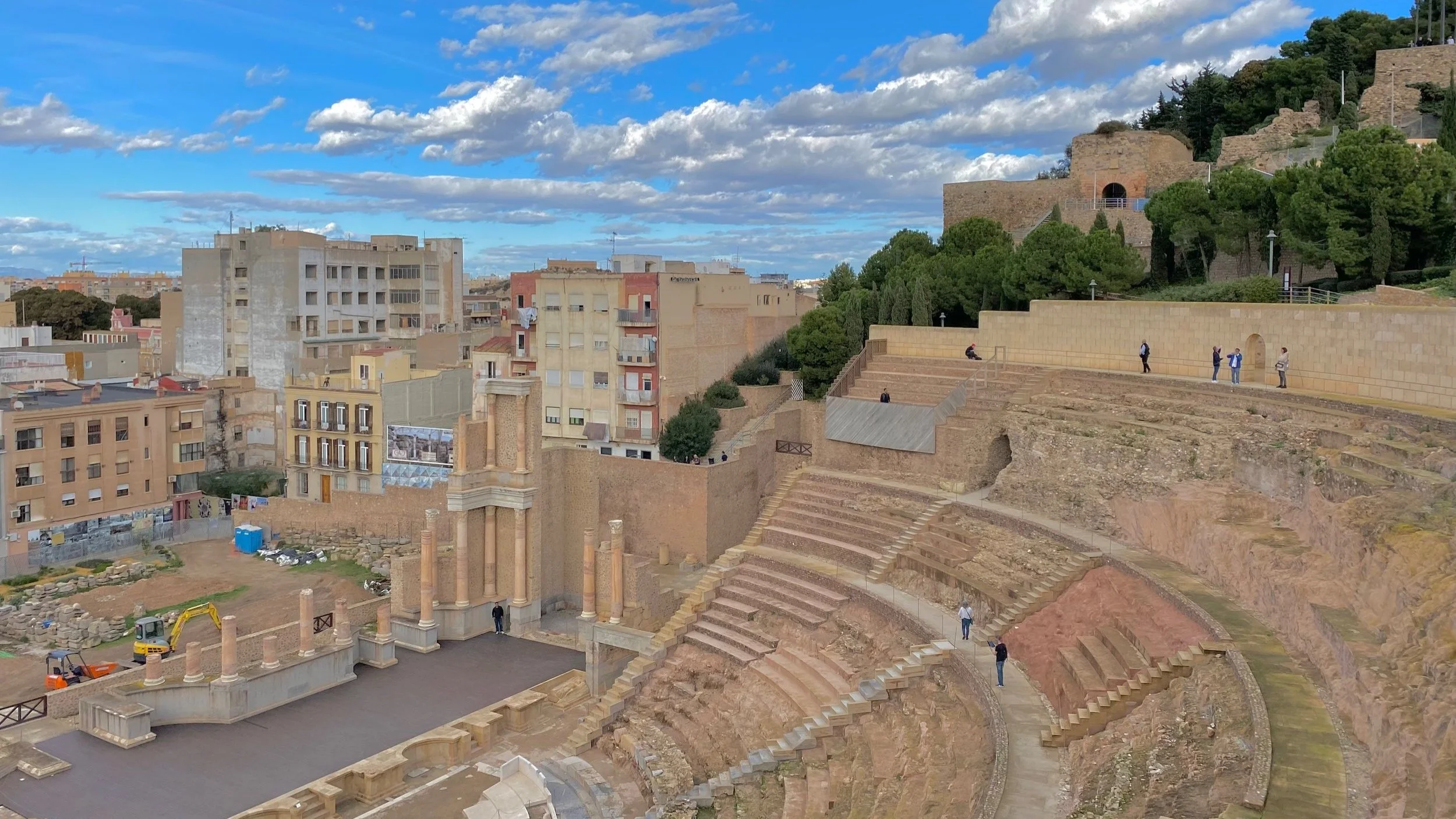Cartagena (Spain) is Nothing Special
A Port City with Tastes of What the Region Offers
Cartagena (Spain) is the second largest city in Iberia and has been occupied for two millennia. Despite city investments in tourist attractions, it is still (reasonably) overlooked by mass-tourism. It lacks any single site that renders it memorable and its main districts aren’t quite atmospheric enough to leave you indescribably charmed.
If you find yourself in Cartagena, it’s likely on a cruise as the city has become a common port stop. For a short day trip, the city offers tastes of what’s available in Southern Spain - and plenty of clean, quiet places to stroll. It’d be a good city to not focus too much on sight seeing and instead shop and grab a bit to eat along Calle Mayor (the Main Street).
Enjoy the Modernist Architecture
After an insurrection in 1874 wiped out half of the city, Cartagena needed to rebuild. Using its surplus wealth from the local mining industry, the city built a lot of Art Nouveau and Modernist buildings along its Main Street, Calle Mayor. Some of the most famous pieces of architecture are the City Hall (Palácio Consistorial de Cartagena), Casa Cervantes, Casino de Cartagena, and Gran Hotelel de Cartagena.
Explore the Local History
Cartagena has invested in opening up its history to tourism - with the main attraction being its recently restored Roman Theater. For panoramic views of the city and theater, you can walk up to the Castillo de la Concepcion (which costs about $4 to enter).
The other main sites are the National Museum of Underwater Archaeology and the Municipal Archaeological Museum.





